World Artists and their Story, 32 - Lucie Havel
World Artists and their Story, 32 – Lucie Havel
In Lucie Havel’s studio are white big white legumes or are they worms? They are attached to the high ceiling. Furthermore, I see a sturdy rope, skins, grass on a chair and grass on buckets. There are several low car seats that come from the Citroën DS, pronounced Déesse, which in French means goddess.
Lucie Havel originates from France, near Bordeaux, but she has lived in Rotterdam for a long time. We walk to the legumes to see it better. The casing is made of white gauze used in greenhouses against insects, and in it there is raw wool, rather dirty and fat. The bottom is immersed in blue wood, a natural textile paint.
Cold winter
Lucie Havel: Everything you see here in the studio are elements that can be a piece of art in a particular combination. The work with the legume-like forms is also in process. My work is a constant transformation. I focus on transformation. It’s a dimension we’ve forgotten.”
The seat with the grass is part of the work ‘Waiting Spring’. “Winter 2012-2013 was a special winter. It was cold and it continued. Only late, in June, spring arrived. I therefore tried to call the spring. It was not so much that I decided to make it consciously, it just happened. My work is about human and nature. One aspect of it is nature in man, his instinct.”
Faith is part of it. “Man interprets the non-human, including nature. We in the west have a specific view. Man is at the top and everything else, fauna, flora, is subordinate to it. In other parts of the world one looks different to that. There are peoples with animistic, totem or analog concepts about the order of the world: everything lives, everything has its own will, even shadows can have their own will. Precisely out of that direction come the most interesting solutions to environmental problems. For example, by granting legal personality to nature, such as recently for the Ganges River in India. In South America, Ecuador has been an example, in 2009, it incorporated the right of nature into the constitution. In 2011, a Maori tribe stopped the construction of the subway in Auckland to not disturb the Taniwha, an underground monster. They acted on the social media under the motto: “He was there first!” Of that kind of message I’m very happy!”
Waste
When you allow yourself to regard nature as an “actor”, the question arises: what if nature turns against us? Havel: “It’s a very old fear that can be found in myths but also in sci-fi. In many of my works, that is also reflected. I usually do that by combining natural structures, such as hexagonal shapes and fractals with waste.”
Havel grew up in France practically on the beach. The beautiful beach of Les Landes, under the Gironde. “After storms the beach was full of plastic, the birds sometimes got tangled in the ropes. It was as beautiful as dramatic. I collected it but did not do anything with it yet. In summer my village was flooded with tourists, in winter it was almost empty. It’s a strange area. It lies in a kind of triangle between the sea and the river. There is hardly any agriculture, many people hunt.”
She finds it terrible that so much plastic is used and discarded. “We are at a crossroads. 12,000 years ago, the neolithic revolution took place where the society of hunter-gatherers went into an agricultural society. As a consequence, the earth is now exhausted. As we continue like this, we strive for an ecological disaster. Where do we go from here? Should we make our rescue depend on technology or should we not go to ‘primitive’ peoples and their knowledge and experience?”
Low-tech
When it is up to Lucie Havel, she seeks it in the last. She sees more in low-tech than in high tech. “With a lot of technology you have to deal with all kinds of specifications and a loss of autonomy. It seems a kind of religion. Paul Kingsnorth wrote about it. He says that technology is often not so great for better performance, nor for efficiency, but that it is a particular belief. The belief that plastic is better than wood, moving parts are preferable to solid parts, that it’s better to make those parts sound, and that new things are better than old things. Low tech and no-tech go together with scientific knowledge and make associations and changes possible. You’ll see that back in my work.”
The inverted faith
Asked for a key work, she says she cannot name one, but there are some important works. For example, ‘The Inverted Religion / EX VOTO’. She encountered a beautiful mask of an Aztec god, Tlaloc, a mask with the colors blue and green with snakes in it. She projected the mask against the wall, and slowly there came about several variants using new materials.
“The masks got a life for me. They became a kind of entities. You create, as it were, a new kind of faith, an inverted faith. Then it became clear to me where an icon takes its power.” Last in the series, she made a big mask of ex-voto’s, which are also in pilgrimage churches. They were attached with nails to a large metal fence. “I made it a kind of sacrifice to thank the new god. I used him. After I got slits and cracks in my hands and feet while making it, I found out that sacrifices are always accompanied by pain. And not only with the Aztecs or the Incas, but also with the Catholics, see the processions where people have to take distances on their knees, see the crucifixes. Undergoing this process, it all became very clear. ”
Small airplane
I see ‘Emerged III’, which was previously ‘Water Cocoons / Emerging Structures’, a floating image of hexagonal shapes seen in the waters of the Schiedam canals. And then there is the iglo-like tent Cocoon in which cans are processed in hexagonal components. That image came back later in the installation ‘The change’ which was placed on top of a car, with plants, in the courtyard of the artist complex Borgerstraat.
Lucie Havel followed the Academy of Applied Art in Bordeaux. After her studies, she was active in France for the first year. She was also busy with a flying diploma. She flew into a small Fournier plane – designed by an artist, and took her flight letter. “The first time I made almost a voltage. Not for nothing my work is spatial.” When flying, she met her later Dutch husband, he was parachuting. And since that time, now for more than 20 years, she lives in the Netherlands.
City for art
How is her experience of art life? “Rotterdam is effervescing, it’s a nice city with a good art scene. People like to think with you and cooperate. In 2008 when the crisis started, it was quite bad, but now the enthusiasm is back. With many small galleries and exhibition venues. There is a lot of energy here. ”
Images: 1) Untitled, neck, 2) shelter, 3) me and the grassman, 4) R.O. 2, 5) dead geese, 6) grassman, 7) igloo, 8) emerging structure, 9) the way of the worm – maas, 10) the way of the worm
https://orionmagazine.org/article/dark-ecology/
http://www.notechmagazine.com/2013/03/the-religion-of-complexity.html
http://ifthenisnow.eu/nl/verhalen/de-wereld-van-de-rotterdamse-kunstenaar-24-lucie-havel
Disclaimer: The views, opinions and positions expressed within this guest article are those of the author Walter van Teeffelen alone and do not represent those of the Marbella Marbella website. The accuracy, completeness and validity of any statements made within this article are not guaranteed. We accept no liability for any errors, omissions or representations. The copyright of this content belongs to Walter van Teeffelen and any liability with regards to infringement of intellectual property rights remains with the author.


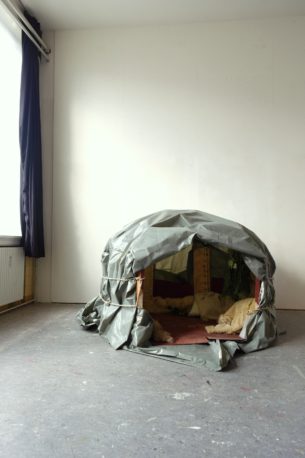
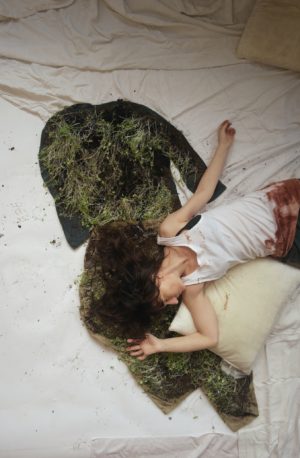
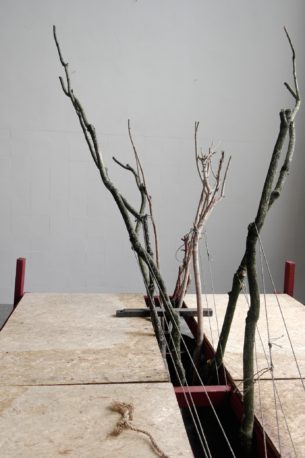
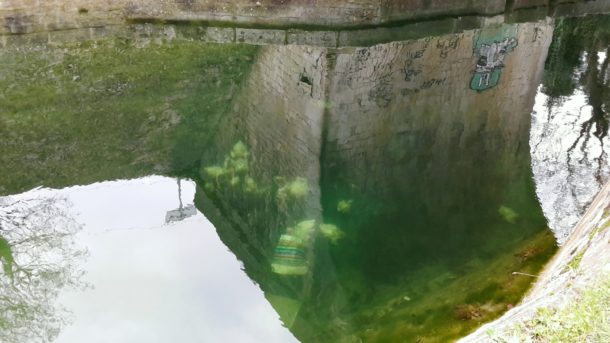
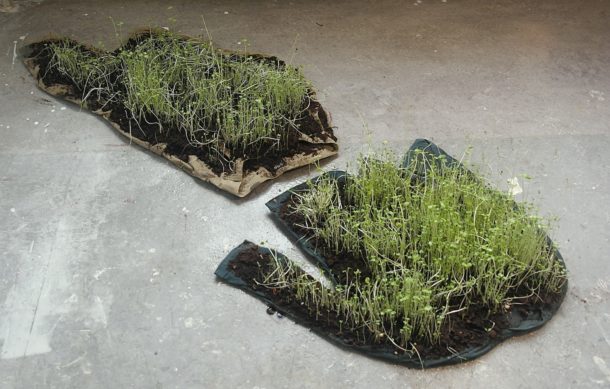

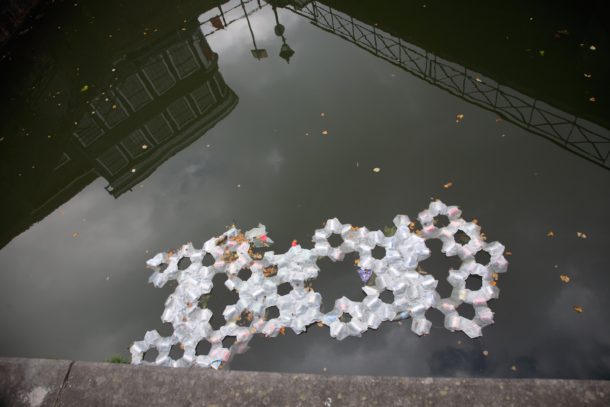
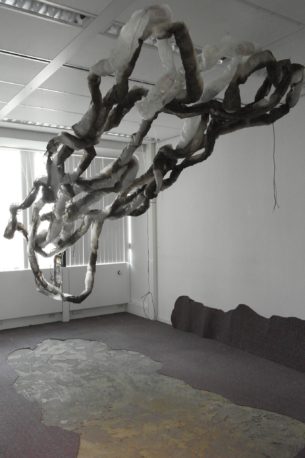
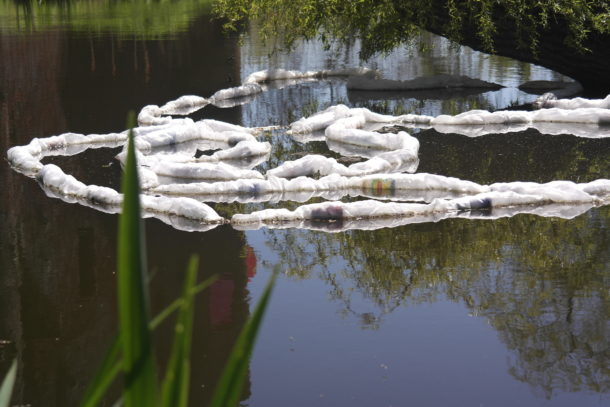














The opinions expressed by individual commentators and contributors do not necessarily constitute this website's position on the particular topic.